Is there such a thing as the perfect number of waves per hour?
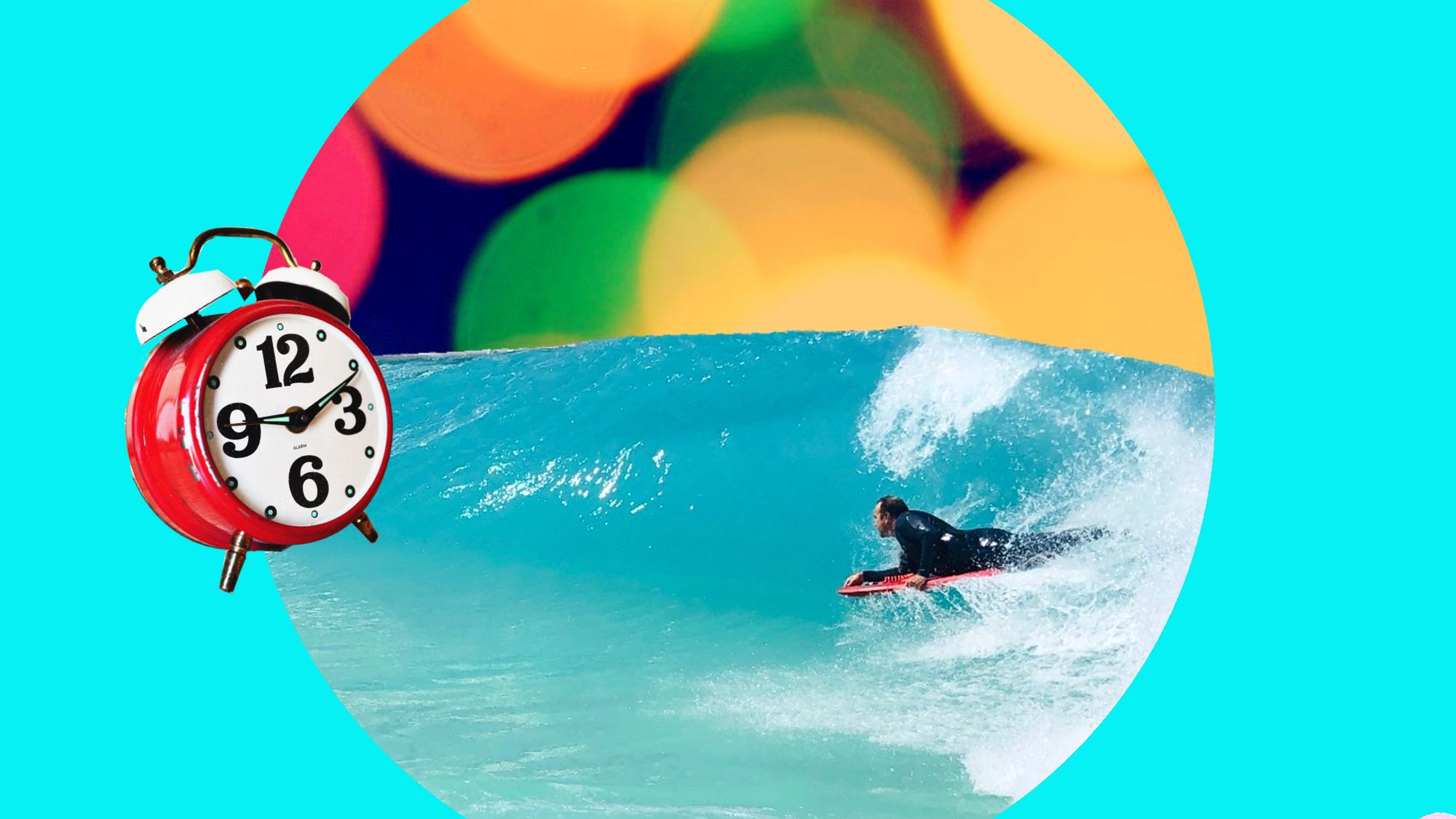
How much does the waves-per-hour boast matter? Surf park operators and insiders give their take on this contentious metric. The successful operation of a wave pool business largely comes down to the skill of the pool operators in knowing, and being able to cater successfully, to their clients. It’s a delicate balancing act with millions of dollars on the line. All for a few perfect waves.
What does the speedometer go up to on your car, 140mph / 225 km? That’s great. It sure looks impressive. But how often are you hitting that? Let’s be honest, unless Lewis Hamilton’s going to be taking your car for a test run, the needle’s never going to touch those high numbers.
And it’s looking like the same may be true for the wave pool world. High waves-per-hour numbers are quoted regularly by companies trying to sell their technology to providers. In its marketing material, Wavegarden touts its output at around 1000 waves per hour. But theoretical capacity vs actual operating capacity are two different things.
People come for the waves and really, it’s all about quality vs quantity. Just how many people can you fit into a pool pumping out a wave every few seconds? Too many and you’ll have some unhappy punters bumping rails. Not enough, and customers go hungry.
It’s a conundrum. One insider compared it to the ski industry if, say, a chairlift company boasted lifts that ran at 20mph. Fast, yes, but there would be a pile of crumpled skiers in the loading zones.
Wave pool and action sports development consultant Bruno Gujer, used the automobile comparison.
“The reason Wavegarden (WG) announces 1000 waves is that it’s a numbers competition with all the other technologies,” said Bruno. “But it’s like comparing cars only on the size of their engines.”
Bruno was involved with putting together the Alaia Bay (powered by WG tech) project, so he knows his stuff.
“It’s actually true that they’re able to run 1000 waves, nobody’s lying on pure technology performance, but in the end, the quality of the waves is much more important to the customer’s satisfaction than the quantity.”
Bruno also points out that sets can be created with longer pauses in between which has the advantage to keep the water calm.
“We end up with an average of only half of the 1000 waves per hour, but it’s fine, every surfer will get enough waves to be happy.”
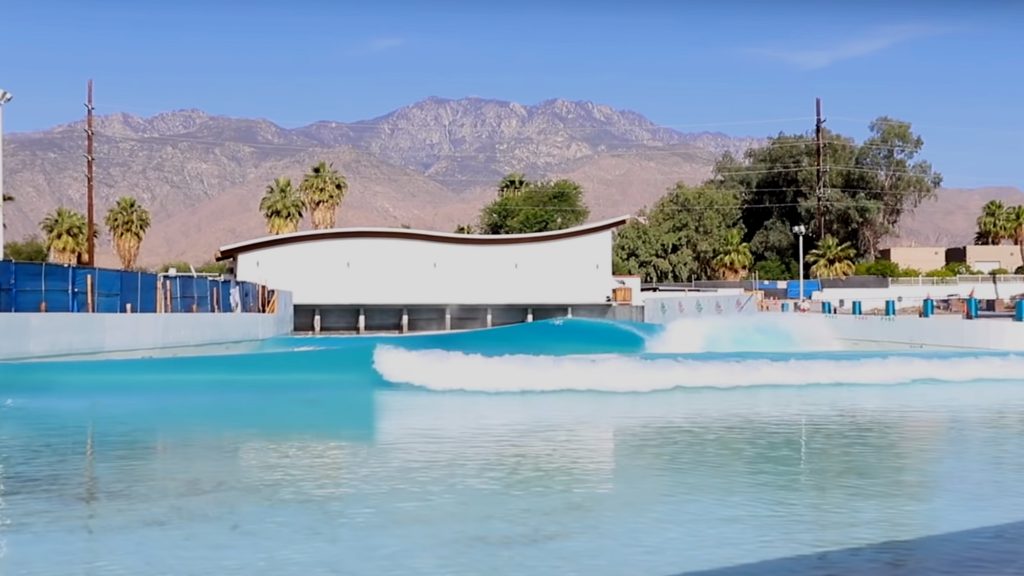
Skip Taylor, a partner with Surf Park Management (who provides consulting services and operations management for all aspects of running a surf park) and who’s seen more wave pools than most, reckons it’s important to temper the waves-per-hour debate.
“The quality, for all ability levels, and quantity of waves are key metrics we like to assess,” said Skip. “It’s key for any buyer of a surf tech to recognize that all technologies have a ‘theoretical capacity’ but we then need to assess what is the viable operating capacity that factors in the surfers’ skills and expectations.”
Skip emphasizes that the numbers game is not all it’s cracked up to be, and customer satisfaction is key.
“For example, a wave technology with an 8-second frequency may sound awesome to be able to give everyone lots of waves, but only if the skills of the group of surfers can manage to position to allow catching waves at that frequency. Also, having attentive surf staff who can support weaker surfers is a must.”
Wave pools also need to have good current mitigation to ensure wave refraction doesn’t mess with the waves being pumped out. The more swell in a tank generally means there’s more water running around.
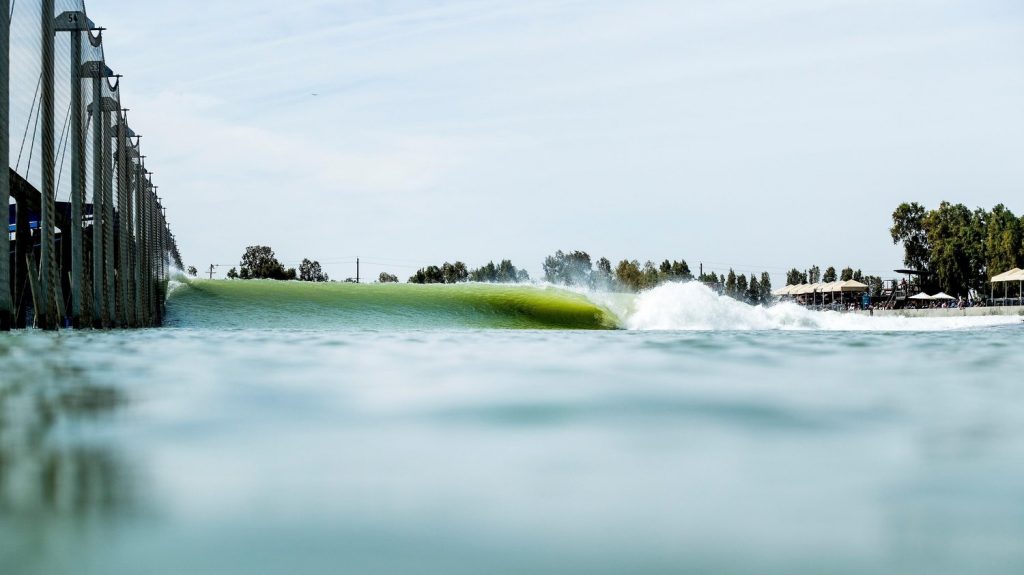
Skip also points out that when you have people falling off waves there can be a lot of frustration while others wait for the log jam to clear, all the while watching lots of missed waves. “It’s a hazardous situation for guests in the impact zone who have fallen and the next person is dropping in not knowing there is a hazard.” Skip believes this is where staff training is key to calling off the next surfer, who is often so focused on getting their next wave that they don’t know what has happened on the wave in front of them.
Skip added that real-life wave operation at surf parks is typically 40-60% of the theoretical capacity touted in some of the wave tech sales materials that have come across his desk.
“Realistically, most parks with new surf technology will operate with 200-600 wave impulses per hour,” said Skip. “But that can also then be factored across several surf zones in some cases (The main wave and a secondary reform or a split peak) and that helps boost ROI for the operators.”
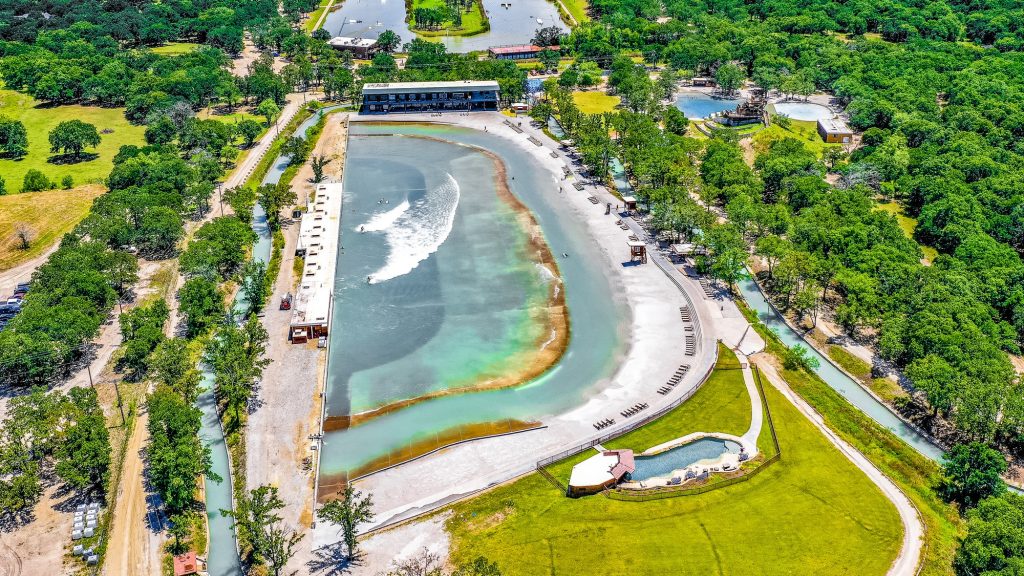
Amy Hunt, Director of Sales and Marketing at Waco Surf says their pool, powered by Perfect Swell tech, is capable of increasing their waves per hour.
“We are even developing a series of 4-wave set options,” said Amy. “But we’ll never add waves to a session that will inherently take away from the guest experience, just for the sake of increasing capacity. Some groups can boast the capability to shoot 1000 waves an hour out of a system, but no one’s asking if those are quality waves.”
Mike Schwaab, Waco’s General Manager, says the wave calculus is heavily influenced by relative skill level.
“There is definitely such a thing as ‘too many waves’ for guests that aren’t in pro surfer paddle shape, as the sheer number of waves that you can catch here can get the arms and the hammies’ nuked fairly quickly,” said Mike. “That’s one of the main reasons that you’ll notice that we allow different capacities in the lagoon depending on the skill level of a particular session.”
For their expert sessions (max of 9 surfers) Waco runs 3 wave sets that come 1:10 apart, which equates to about 150 waves per hour. Intermediate sessions (12 surfers max) see the same 3 wave sets at 1:30 apart, which is around 120 waves per hour. And beginner sessions have one wave every 1:30 comprising of a slow 1-2 ft wave, and whitewash, allowing up to 20 surfers.
“Customer satisfaction is our most important metric, so the juggle isn’t entirely difficult,” added Mike. “We start with the “stoke-out wave count” and then set the pricing accordingly!”
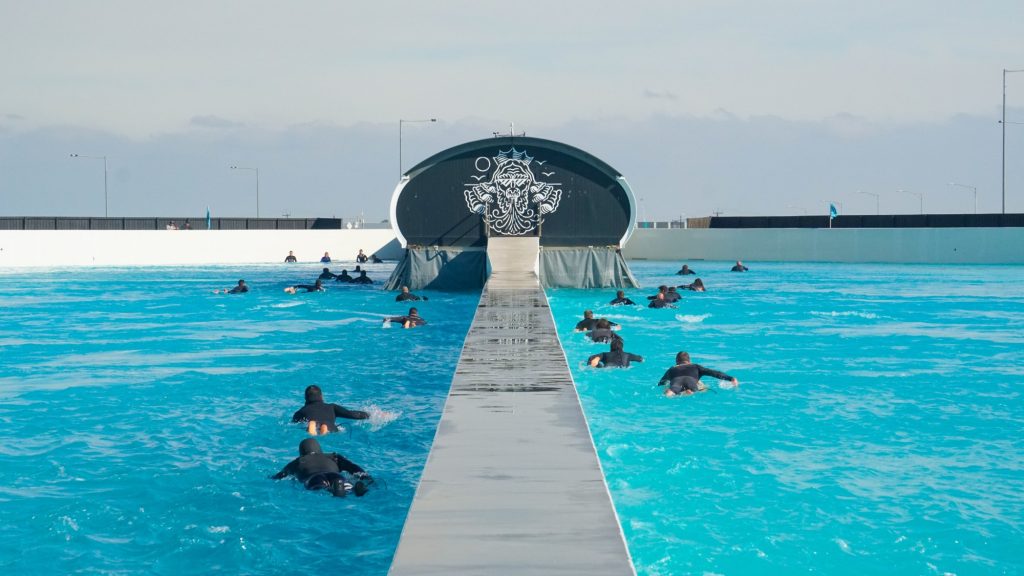
Australia’s first public surf park, Urbnsurf, has one of the highest performance levels of any wave pool open today. The pool attracts core surfers from the coast and nearby areas. For the most part, visitors are pretty tuned in to each session and know what they’re doing.
“We run approximately 600 waves per hour in a normal session,” said Damon Tudor, CEO of Urbnsurf. “The currents wouldn’t allow 1,000 per hour and would affect wave quality, and it isn’t needed for the number of guests. 600 is plenty.”
And as for the perfect amount of waves in an hour?
“At this stage, there is no magic number,” added Damon. “I think it’s still a learning process, but flexibility in the number of waves vs guests in the water, and whether they can be adapted to left/right is becoming increasingly important as costs to operate go up.”
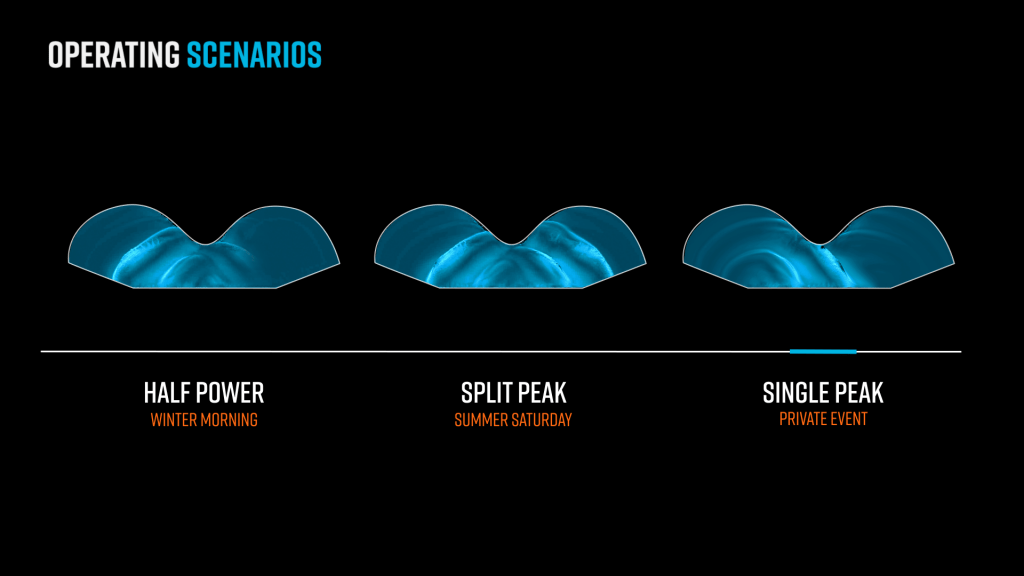
Doug Sheres of Beach Street Development, the company behind the DSRT Surf tank in California that will be powered by a Wavegarden Cove, raises an interesting point.
“A lot of it depends on how you define waves per hour,” said Doug. “What matters is how many rides are generated every hour or session and how that works with the overall experience. Some waves can be ridden more than once and by more than one rider.”
Doug added that he wants Beach Street to be able to match the number of surfers in the lagoon to the number of waves and the type of waves that each group of surfers wants. He says that only by delivering a premium experience to the customer can the company then put a price on a surf session.
After all, being able to cater successfully to clients is what all businesses are built on. Wave parks are no different, and it’s a delicate balancing act with millions of dollars on the line. All for a few perfect waves.
Related Coverage
